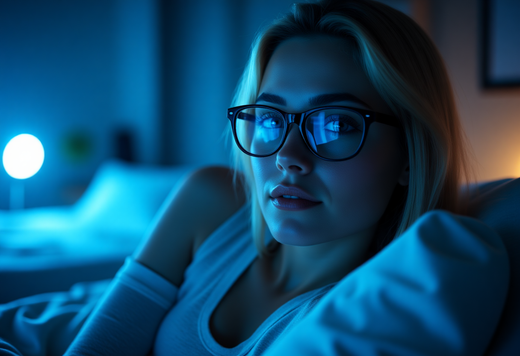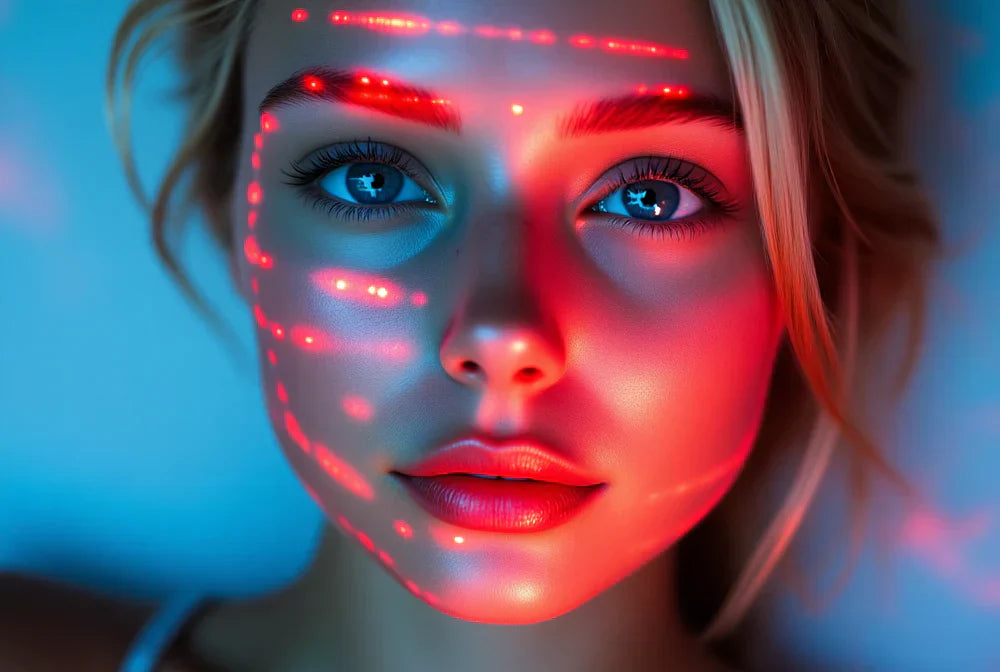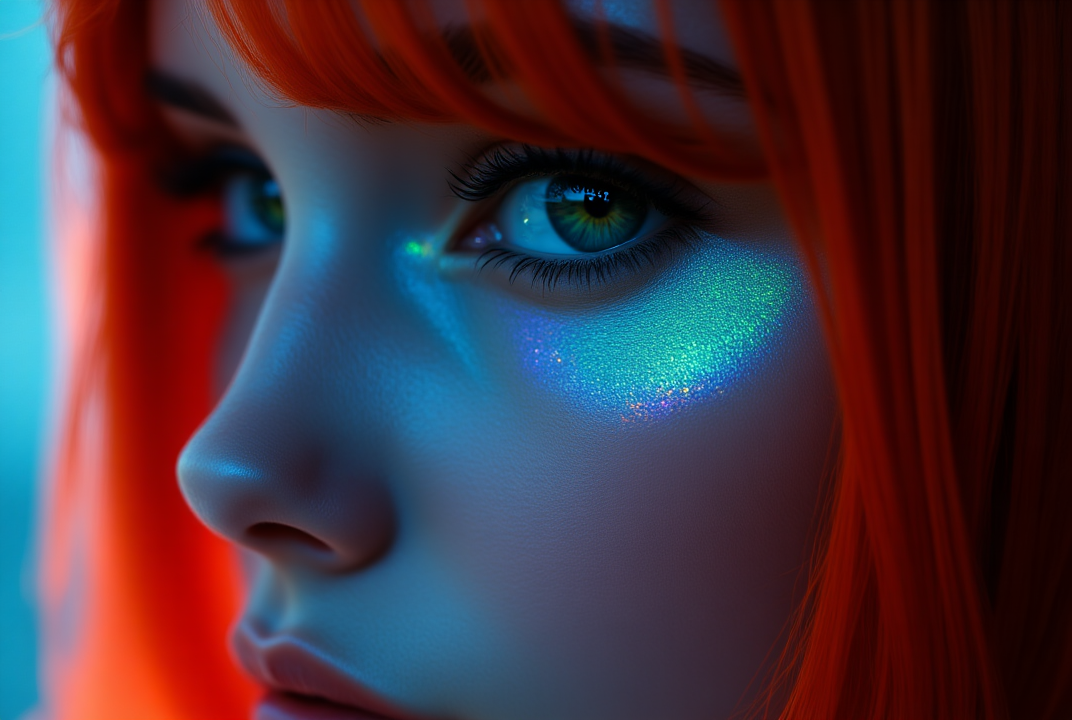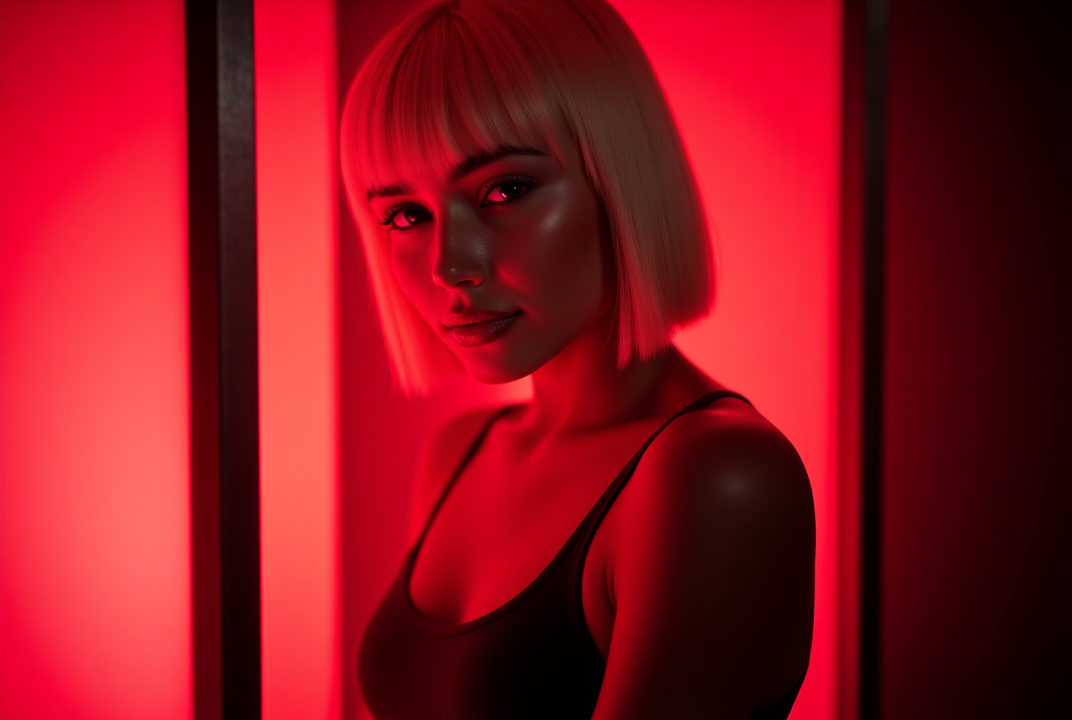As we navigate a world increasingly illuminated by screens, the quest for maintaining optimal eye health has never been more critical. Blue light glasses promise to protect our eyes from the harsh glare of digital devices, offering a glimmer of hope. Yet, the question remains: how can you be sure your glasses are genuinely providing this protection? In this article, we will explore insightful methods to verify the blue light-blocking capabilities of your eyewear, equipping you with the knowledge to make informed decisions and safeguard your vision with confidence.
Why Is It Important To Know If Your Glasses Block Blue Light?
Understanding whether your glasses effectively block blue light is crucial for several reasons. Prolonged exposure to blue light, emitted by digital screens, can lead to digital eye strain, characterized by symptoms such as headaches, blurred vision, and dry eyes. Moreover, blue light exposure, particularly in the evening, can disrupt your circadian rhythm, impairing sleep quality and overall well-being. By ensuring your glasses are equipped to filter out this specific wavelength, you not only protect your eyes from potential strain and discomfort but also enhance your productivity and maintain a healthier sleep cycle. In a world where digital interaction is unavoidable, having the right eyewear is an empowering step towards preserving your eye health and optimizing your daily performance.
How To Tell If Glasses Are Blue Light
Step 1: Check the Product Description and Labels
Begin by examining the product description and any labels that accompany your glasses. Reputable manufacturers typically provide detailed information about the lenses' capabilities, including their blue light-blocking properties. Look for terms such as "blue light filter," "blue light blocking," or specific percentages indicating the amount of blue light the lenses can filter. This initial step will give you a foundational understanding of whether your glasses are designed to combat blue light exposure.
Step 2: Conduct a Visual Inspection
Perform a visual inspection of your lenses under natural or artificial light. Blue light-blocking glasses often have a slight yellow or amber tint, which helps to filter out the blue wavelengths. While this tint may not be pronounced, it can be a helpful indicator. Additionally, some lenses may exhibit a subtle blue reflection when viewed at certain angles, suggesting the presence of a blue light filter. This step provides a quick, albeit less scientific, method to assess your glasses' capabilities.
Step 3: Use a Blue Light Test Card
To gain more certainty, use a blue light test card, which is often provided with blue light glasses or can be purchased separately. These cards typically have a small area that reacts to blue light exposure. Shine a blue light source, such as a flashlight or laser pointer, through your lenses onto the card. If the lenses effectively block blue light, the reactive area on the card should remain unchanged or show minimal reaction. This practical test offers a straightforward way to verify the effectiveness of your glasses.
Step 4: Consult with an Eye Care Professional
For the most accurate assessment, consider consulting with an eye care professional. Optometrists and ophthalmologists can perform specialized tests to determine the blue light-blocking efficiency of your lenses. They can also provide personalized advice based on your specific needs and screen usage habits. This step ensures that you receive expert guidance and can confidently rely on your eyewear to protect your eye health in the digital age.
What Does Blue Light Look Like On Glasses?
Blue light on glasses often manifests as a subtle reflection or tint that can be observed under certain lighting conditions. When you look at the lenses, especially at an angle, you might notice a faint blue or purple sheen on the surface. This reflection is a result of the anti-reflective coating designed to filter out blue light wavelengths. Additionally, some blue light glasses may have a slight yellow or amber tint, which helps to counteract the harshness of blue light and reduce glare. While these visual cues can vary depending on the brand and specific lens technology, they generally indicate that the glasses are equipped to mitigate the effects of blue light exposure, providing a layer of protection for your eyes.
Can I Tell If Glasses Are Blue Light At Home?
Yes, you can determine if your glasses are blue-light-blocking at home using a few simple methods. Start by inspecting the lenses for a slight yellow or amber tint, which is common in blue light glasses, as it helps filter out blue wavelengths. You can also use a blue light test card, which reacts to blue light exposure. Shine a blue light source, such as a flashlight or laser pointer, through your lenses onto the card; if the lenses are effective, the reactive area should remain unchanged or show minimal reaction. Additionally, observe the lenses under bright light to see if they reflect a subtle blue or purple sheen, indicating the presence of a blue light filter. These home tests provide a practical way to assess the blue light-blocking capabilities of your glasses, ensuring they offer the protection you need.
Do Blue Light Glasses Have To Have Clear Lenses?
Blue light glasses do not necessarily have to have clear lenses. While some blue light-blocking lenses are designed to appear clear, many feature slight yellow, amber, and red lenses. This tint is intentional, as it helps to filter out blue light wavelengths more effectively. The choice between clear and tinted lenses often depends on the specific technology used by the manufacturer and the level of blue light protection offered. Clear lenses may incorporate advanced coatings that selectively filter blue light without altering color perception significantly, making them ideal for those who prefer a more natural look. On the other hand, tinted lenses can provide a more noticeable reduction in blue light exposure, which some users find beneficial for reducing eye strain and improving visual comfort. Ultimately, the effectiveness of blue light glasses is not solely determined by the clarity of the lenses but by the technology and materials used to block blue light.
Are Blue Light Glasses and Computer Glasses The Same Thing?
Blue light glasses and computer glasses are terms often used interchangeably, but they can refer to slightly different types of eyewear. Blue light glasses are specifically designed to filter out blue light emitted from digital screens, which can help reduce eye strain and improve sleep quality by minimizing the disruption of circadian rhythms. Computer glasses, on the other hand, are a broader category that may include blue light-blocking features but also focus on reducing glare and enhancing contrast for better screen viewing. They often have an anti-reflective coating and may be tailored to correct vision at the typical distance from a computer screen. While all blue light glasses can be considered a type of computer glasses, not all computer glasses are exclusively focused on blue light filtration. Therefore, it's important to check the specific features of the eyewear to ensure it meets your needs for screen use.
Tips For Choosing The Perfect Blue Light Glasses
-
Check the Blue Light Blocking Percentage: Look for glasses that specify the percentage of blue light they block. Higher percentages generally offer better protection, especially if you spend long hours in front of screens.
-
Consider Lens Tint: Decide whether you prefer clear lenses or those with a slight yellow or amber tint. Tinted lenses can offer more noticeable blue light reduction, while clear lenses maintain natural color perception.
-
Look for Anti-Reflective Coating: Ensure the glasses have an anti-reflective coating to reduce glare from screens and overhead lighting, enhancing visual comfort and clarity.
-
Evaluate Frame Comfort and Style: Choose frames that fit comfortably and suit your personal style. Lightweight and well-fitting frames can make a significant difference during extended wear.
-
Read Reviews and Seek Recommendations: Research customer reviews and seek recommendations from trusted sources to ensure the glasses are effective and meet your expectations for quality and performance.
Conclusion
In conclusion, as we navigate an increasingly digital world, the importance of protecting our eyes from the potential harm of blue light cannot be overstated. By equipping yourself with the right blue light glasses, you can significantly reduce eye strain, enhance your visual comfort, and improve your overall well-being. Understanding how to identify and choose effective blue light-blocking eyewear empowers you to make informed decisions that align with your lifestyle and needs. Whether you're a tech professional, student, gamer, or concerned parent, investing in quality blue light glasses is a proactive step towards safeguarding your eye health and optimizing your daily performance. Embrace this opportunity to enhance your digital experience with confidence and clarity.
Final Thoughts
Are you ready to protect your eyes and enhance your digital experience? Discover EMR-TEK, where we offer innovative solutions that seamlessly integrate into your lifestyle. Whether you're seeking a portable device for travel or a comprehensive system for home or professional use, we have the perfect option for you. Our blue light glasses are crafted to minimize eye strain, making them an essential addition to your wellness routine. Explore our collection of red light therapy products and embark on your journey to healthier, more youthful skin today.
Sources
1. https://pmc.ncbi.nlm.nih.gov/articles/PMC9434525/
2. https://www.diffeyewear.com/pages/the-ultimate-guide-to-glare-reduction
3. https://preventblindness.org/blue-light-and-your-eyes/
Disclaimer*: EMR-TEK’s red infrared light therapy devices, blue light blocking glasses, and other products are intended solely for personal wellness and fitness use. They are not designed to diagnose, treat, cure, or prevent any disease and should not be considered medical devices. We do not make any therapeutic claims. Our products align with the FDA’s “General Wellness: Policy on Low Risk Devices” guidelines and do not require FDA clearance. Please note, EMR-TEK’s products are for personal use only and not for commercial application.*




Share:
What Is My Skin Type: How To Determine Your Skin Type
Red Light vs Near Infrared: What’s The Difference?